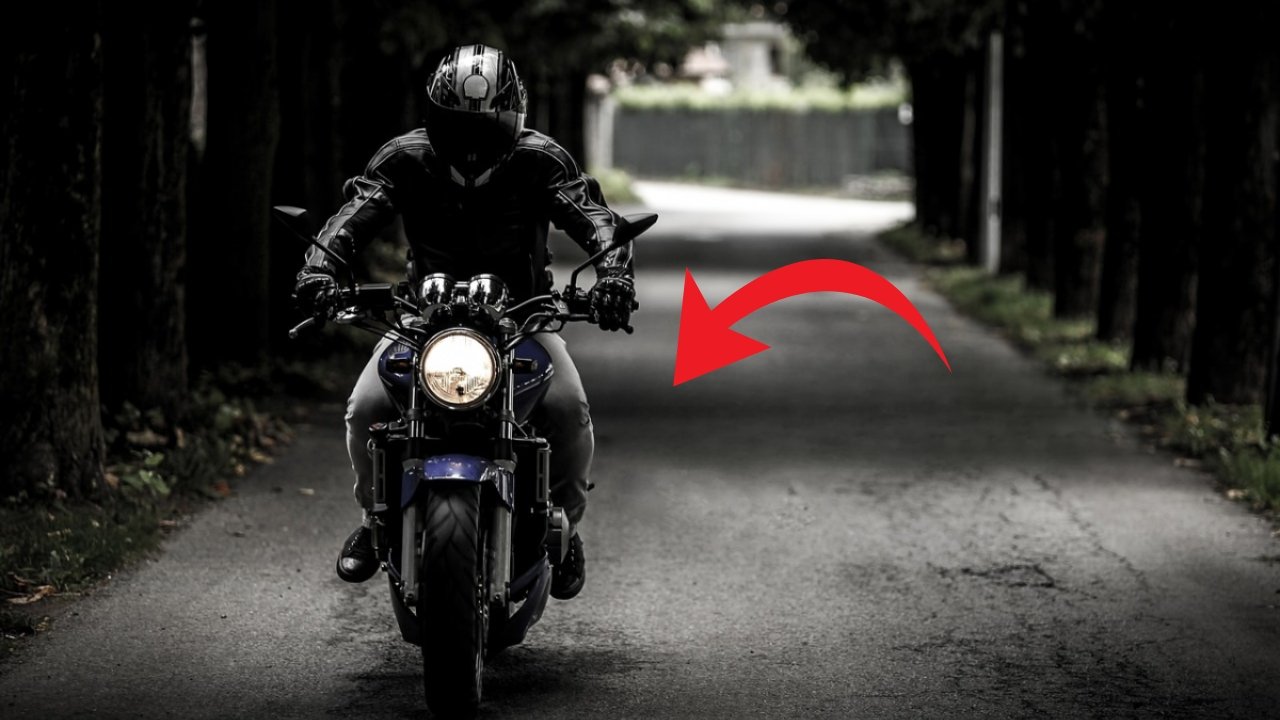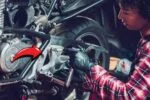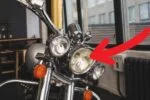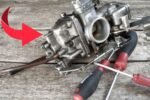Why Is Your Motorcycle Engine Stalling: A motorcycle engine stalling can be frustrating and potentially dangerous, especially if it happens while you’re riding. There are various reasons why your motorcycle engine might stall, ranging from simple issues like fuel problems to more complex mechanical failures. In this article, we’ll cover some of the most common causes of engine stalling and how you can fix or prevent them.
Contents
1. Fuel System Issues
The most common reason for a motorcycle engine to stall is a problem with the fuel system. Without fuel, your engine can’t run. Here are a few potential fuel-related issues:
Clogged Fuel Filter
The fuel filter prevents debris from reaching the engine. Over time, it can become clogged with dirt and grime, restricting fuel flow. This can cause the engine to stall or fail to start altogether.
Fix: If you suspect a clogged fuel filter, inspect and replace it. Most fuel filters need to be replaced every 10,000 miles, but this depends on your bike model.
Dirty or Blocked Carburetor
For motorcycles that use a carburetor, dirt or debris in the carb can prevent the proper flow of fuel and air into the engine. This can result in poor idling, misfires, or stalling.
Fix: Cleaning the carburetor is often the solution. You may need to disassemble it and use a carburetor cleaner to remove any build-up. If you’re not comfortable doing this, it’s best to take it to a professional.
Fuel Pump Failure
A faulty fuel pump can also cause your bike to stall. If the pump is not delivering fuel to the engine consistently, it can result in stalling.
Fix: If you suspect the fuel pump is malfunctioning, it’s advisable to replace it. A mechanic can test the fuel pump to ensure it’s operating correctly.
2. Air Intake Problems
Air and fuel need to mix in the right proportion for the engine to run smoothly. If there’s an issue with the air intake, your bike may stall.
Dirty Air Filter
A clogged air filter prevents the engine from getting the proper amount of air, which affects the air-fuel mixture and can cause stalling.
Fix: Regularly inspect and clean or replace your air filter. If you’re riding in dusty conditions, you might need to change it more frequently.
Vacuum Leaks
Vacuum lines in your motorcycle help manage fuel delivery, and if there’s a leak in these lines, it can result in a lean mixture (too much air, not enough fuel), causing the engine to stall.
Fix: Inspect the vacuum hoses for cracks or damage and replace any that are worn out.
3. Ignition System Problems
If your ignition system is malfunctioning, your bike might not start, or it could stall unexpectedly. Common ignition system issues include:
Faulty Spark Plugs
Spark plugs ignite the air-fuel mixture in the engine. If a spark plug is dirty, worn out, or damaged, it can cause the engine to misfire or stall.
Fix: Inspect your spark plugs regularly and replace them when necessary. If you’re unsure, a professional mechanic can inspect the plugs and replace them if needed.
Bad Ignition Coil
The ignition coil converts the battery’s low voltage into the high voltage needed to power the spark plugs. If the coil is failing, the engine may stall or misfire.
Fix: If you suspect a faulty ignition coil, it’s best to replace it. A mechanic can test the coil and confirm whether it needs replacement.
4. Electrical Issues
Electrical problems can cause intermittent power loss, which can lead to engine stalling. Some common electrical causes include:
Weak Battery
A weak or dying battery can result in poor engine performance, especially when trying to start or keep the bike running at idle.
Fix: Ensure your battery is in good condition. If the battery is weak or old, replace it. Also, check the battery terminals for corrosion and clean them regularly.
Charging System Problems
If your charging system (alternator, stator, or regulator) is faulty, your bike’s electrical system may not be charging the battery properly, which can lead to stalling.
Fix: Have your charging system tested by a mechanic. Replacing the faulty components should restore the proper electrical flow.
5. Clutch Issues
A malfunctioning clutch can cause the engine to stall, particularly when shifting gears.
Clutch Slippage
If your clutch is slipping or not fully disengaging, it can prevent the bike from running smoothly, especially at low speeds or during gear shifts.
Fix: Adjust the clutch cable or replace the clutch plates if they are worn. Regular maintenance will help prevent clutch problems.
6. Incorrect Idle Speed
If your bike’s idle speed is too low, the engine may stall when you come to a stop. The idle speed is controlled by the carburetor or fuel injection system and needs to be adjusted to the correct setting.
Fix: Check the owner’s manual for the correct idle speed setting and adjust it accordingly. If the issue persists, it may indicate a deeper problem with the carburetor or fuel system.
7. Overheating
Engines that overheat can suffer from stalling or rough idling. This can happen due to various reasons, including low coolant levels or a malfunctioning cooling system.
Fix: Ensure your motorcycle’s cooling system is in good working order. Check the coolant level regularly, and inspect the radiator and hoses for leaks or damage. If the bike consistently overheats, it’s time to have the cooling system checked by a professional.
8. Engine Timing Issues
If the engine’s timing is off due to issues with the camshaft or crankshaft sensors, it can lead to rough running and stalling.
Fix: If you suspect timing issues, it’s best to have the timing belt or chain checked and adjusted by a mechanic.
Conclusion
Stalling can be caused by a variety of factors, ranging from simple maintenance issues to more complex engine problems. Regular maintenance, such as cleaning the air filter, replacing spark plugs, and checking the fuel system, can help prevent many of the common causes of stalling. If you’re unsure about the cause of the problem, it’s always a good idea to take your motorcycle to a qualified mechanic for a proper diagnosis and repair.




